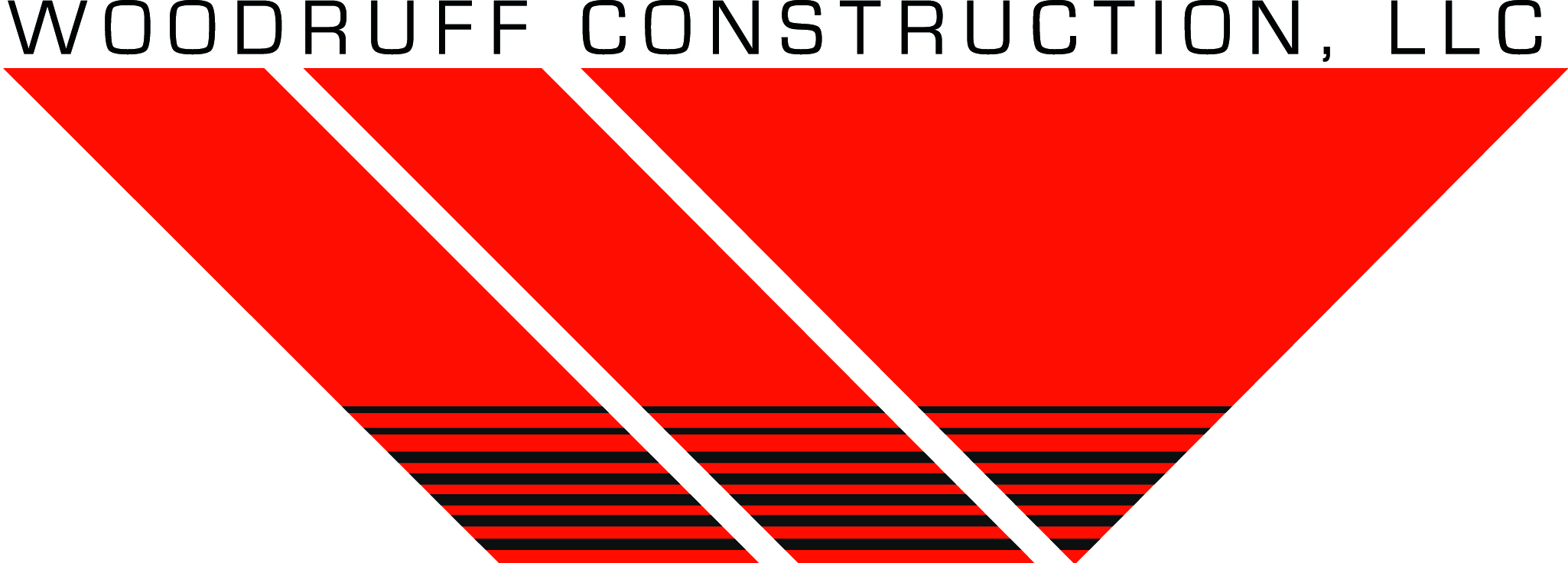Information
-
Audit Title
-
Client / Site
-
Location
-
Conducted on
-
Prepared by
-
Name of competent person
-
Employer of competent person
-
Woodruff Personnel
Construction
-
Does each scaffold and scaffold component support (without failure) its own weight and<br>at least 4 times the maximum intended load?<br>
-
Are all working levels on scaffolds fully planked or decked between the front uprights<br>and the guardrail supports?
-
Are scaffold platform spaces 1inch or less between adjacent units and the uprights?<br>Note: Spaces up to 9 1/2 inches wide are permitted around uprights. If platforms are<br>used only as walkways or during erecting or dismantling, the employer may establish<br>the space between planking as necessary to provide safe working conditions.<br>
-
Are all scaffold platforms at least 18 inches wide?<br>Note: Scaffold platforms less than 18 inches wide are permitted if wider<br>platforms are not possible. However, employees who use these platforms must be protected by guardrails or personal fall arrest systems.
-
Is the distance between the front edge of the scaffold platform and the face of the<br>work 14 inches or less, unless guardrail systems are put along the front edge, or<br>personal fall arrest systems are used?
-
Does the end of each scaffold platform extend over the centerline of its support at<br>least 6 inches unless cleated or otherwise restrained by hooks or equivalent means?
-
If the scaffold platform is 10 feet or less in length, does the end of the scaffold platform<br>extend 12 inches or less over its support?
-
On scaffolds where planks are abutted to form a long platform, does each plank end rest on a separate support surface?
-
On scaffolds where platforms overlap to form a long platform, does the overlap<br>occur over supports? Is the overlap at least 12 inches unless the platform is<br>nailed together or otherwise restrained to prevent movement?
-
Is it prohibited to cover wood platforms on scaffolds with opaque finishes?<br>Note: Platform edges may be covered or marked for identification. Wood platforms<br>may be coated periodically with wood preservatives, fire-retardant finishes, and slip-resistant finishes; however, the coating may not obscure the top or bottom wood surfaces.<br><br>
-
Do scaffold components from different manufacturers fit together without force and<br>maintain the scaffold's structural integrity?
-
Are scaffold components from different manufacturers modified ONLY if a<br>competent person determines that the scaffold made of the 'mixed' parts is<br>structurally sound?
Supported Scaffolds
-
Are supported scaffolds with a height to base width ratio of more than 4 to 1(height to width)<br>restrained from tipping by guying, tying, bracing, or equivalents?
-
Are supported scaffold poles, legs, posts, frames, and uprights placed on base plates<br>and mud sills or other firm foundation?
-
Are footings level, sound, and rigid? Can they support the loaded scaffold without settling or displacement?
-
Are supported scaffold poles, legs, posts, frames, and uprights plum and braced to prevent swaying and displacement?
Access
-
Are ladders, stairs, ramps, or walkways provided to access scaffold platforms more than 2 feet above or below a point of access?
-
During erecting and dismantling of supported scaffolds, does a competent person provide and evaluate safe means of access?
Use
-
Are scaffolds and scaffold components loaded below their maximum intended loads or rated capacities
-
Does a competent person inspect scaffolds and scaffold components for visible defects<br>before each work shift, and after any occurrence that could affect a scaffold's structural integrity?<br>
-
Are parts of a scaffold that are damaged or weakened immediately repaired, replaced,<br>braced, or removed from service until repaired? <br>
-
Is the horizontal movement of a scaffold prohibited while workers are on the scaffold<br>(unless the scaffold is designed for movement by a registered professional engineer, or is a mobile scaffold meeting OSHA standards?
-
Are proper clearances between scaffolds and power lines<br>always maintained? <br>
-
Are scaffolds erected, moved, dismantled, or altered only under the supervision and<br>direction of a competent person qualified in scaffold erection, moving, dismantling,<br>or alteration? <br>
-
Are scaffolds erected, moved, dismantled, or altered only by experienced and trained<br>employees selected for such work by the competent person?<br>
-
Is it prohibited to work on scaffolds covered with snow, ice, or other slippery material,<br>except as necessary to remove such materials? <br>








